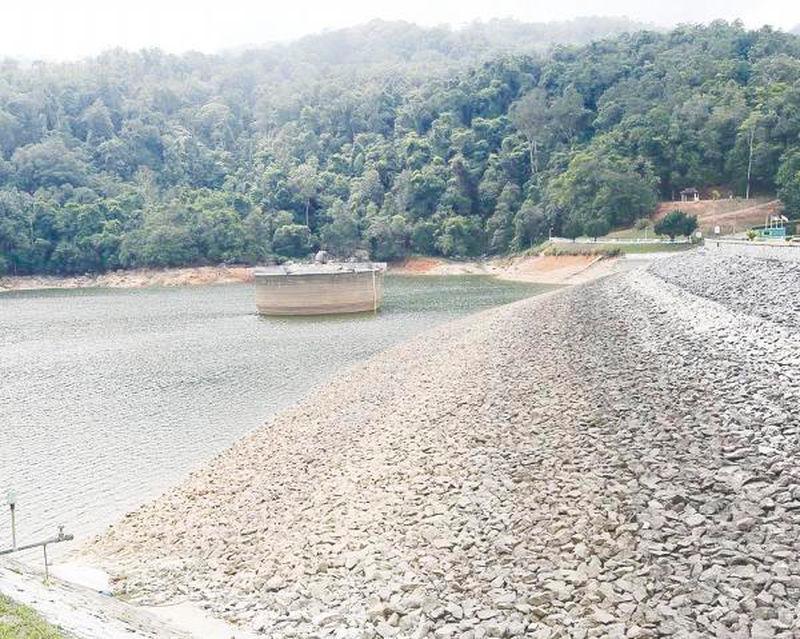GEORGE TOWN: The Penang Water Supply Corporation conducted Istisqa prayers at the Air Itam and Teluk Bahang dams on Friday.
It said in a Facebook post the prayers were carried out to seek rain, following prolonged dry weather that has caused the effective capacity at the dams to drop.
Prayers at the Air Itam Dam were performed by a Madrasah Darul Ulum Al-Hashimiyyah imam and joined by 40 children from the madrasah and corporation staff.
Prayers at the Teluk Bahang Dam were performed by a Majlis Kariah Teluk Bahang imam and joined by 45 individuals, including children and corporation staff.
The corporation had urged Penangites to reduce consumption by 10% until the anticipated rainy season in September due to an increase in consumption of 10 million litres per day (MLD) from January until June, compared with the same period last year.
“The average water consumption in Penang was 887 MLD this year. Last year, it was 877 MLD. On average, a Penangite used 19.8% more water at home last year than the national average and 101.4% more water than a Singaporean.”
The corporation emphasised that 10 MLD could fill 6,667 1.5 litre water bottles every day for 1,000 days.
Water supply has been sporadic and intermittent at several places in Penang, which the corporation attributed to the low rainfall since January. This has resulted in low effective capacities, with the Air Itam Dam at 41.1% and the Teluk Bahang Dam at 31.9% as of July 26.
The corporation said low rainfall caused lower treated water production at the Penang Waterfall water treatment plant (WTP) and Sungai Pinang WTP due to the lack of raw water from the water catchment areas at the waterfall and Titi Kerawang.
The corporation also noted low levels below the 2m mark at Sungai Muda at the Lahar Tiang Intake since July 11.
Treated water from the Sungai Dua WTP is supplied to 465,000 consumers in Seberang Perai and the Southwest district in Penang.
As of December last year, there were 593,255 registered domestic water consumers in Penang.
“Consumers accounted for 57.4% of the total volume of water consumed in the state in 2023.”









